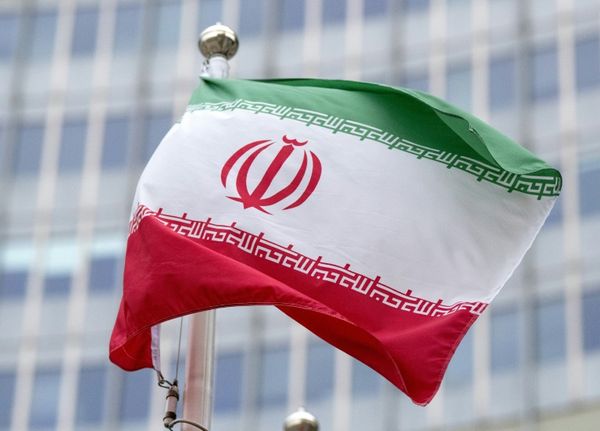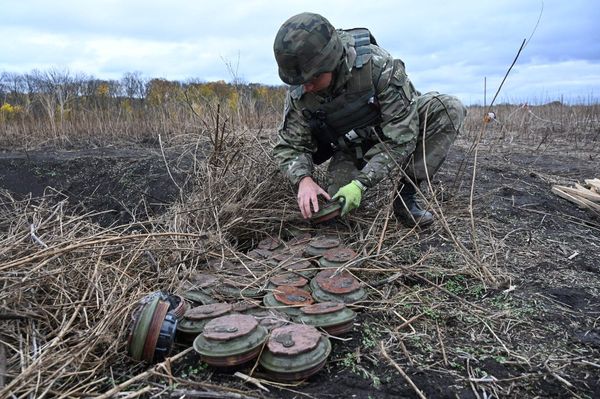
The perfectly manicured lawn: a staple of the American dream, yet often a thirsty beast demanding endless water and care. Homeowners seeking a low-maintenance, evergreen alternative may consider artificial grass. But this "green carpet" has environmental considerations. This begs the question: is artificial grass truly an environmentally friendly option, or does its convenience come at a hidden cost?
Over the past decade, the popularity of artificial turf has skyrocketed, fueled by promises of water conservation, chemical-free maintenance, and year-round aesthetics. Yet, concerns linger regarding the environmental impact of artificial grass, particularly its production, lifespan, and eventual disposal. Let's examine these factors more closely, along with realistic alternatives to help you make the most responsible choice for your needs and our planet.
Dissecting the Life Cycle: Environmental Impact of Artificial Grass
While its proponents champion artificial grass' ability to conserve water and reduce the need for chemical fertilizers and pesticides, its lifecycle paints a more intricate picture.
From Production Line to Your Lawn: A Closer Look
Most artificial turf is manufactured from synthetic materials like polyethylene, polypropylene, and nylon, all derived from fossil fuels. The extraction and processing of these materials are energy-intensive, releasing significant amounts of greenhouse gases into the atmosphere.
Additionally, the production process often involves using various chemicals for colorfastness, durability, and fire retardancy. This raises concerns about their potential release into the environment during manufacturing and disposal. The presence of these chemicals can also contribute to soil and water contamination if they leach out over time.
Living With Artificial Turf: Not Always Greener on the Other Side
One of the primary selling points of artificial turf is its minimal maintenance requirements compared to natural grass. Yet, artificial grass requires occasional cleaning to remove debris, dust, and pet waste.
Harsh chemicals might be needed for sanitation, posing a risk to groundwater and local ecosystems. Moreover, artificial grass lacks natural grass's ability to absorb carbon dioxide and release oxygen, ultimately contributing to a less healthy atmosphere and potentially exacerbating the urban heat island effect.
The Dreaded Disposal: End-of-Life Woes
While often marketed as durable with a lifespan of 10 to 20 years, the actual lifespan of artificial grass can vary based on usage and exposure to the elements. Once it reaches the end of its useful life, artificial grass presents a disposal challenge.
Due to its mixed composition of materials, recycling artificial grass is difficult and often not economically viable. This results in most artificial turf ending up in landfills, where it takes centuries to break down, taking up valuable space and potentially leaching harmful chemicals into the surrounding environment. As artificial grass gains popularity, the disposal issue is only expected to grow, potentially leading to increased strain on landfills and posing risks to soil health and water quality.
Greener Pastures: Exploring Eco-Friendly Alternatives to Fake Grass
Don't despair. Numerous attractive, eco-conscious alternatives are available that can deliver visual appeal without compromising your environmental values.
1. Embrace the Beauty of Native Plants
Consider replacing your thirsty lawn with native plant species that naturally thrive in your region's climate. Native plants are naturally adapted to local rainfall patterns and soil conditions, reducing the need for excessive watering, chemical fertilizers, and pesticides.
These beautiful, low-maintenance alternatives support local ecosystems by providing habitats and food sources for native insects and animals. A wide variety of native grasses, groundcovers, shrubs, and flowering plants can create a vibrant and sustainable landscape that enhances biodiversity.
Not sure where to start? Reach out to your local garden center for expert advice on selecting and caring for the perfect natives for your area. You can also explore online resources, such as the Lady Bird Johnson Wildflower Center, which offers a wealth of information on native plants for different regions of the United States.
2. Unleash the Charm of a Wildflower Meadow
If you're drawn to a more relaxed, natural aesthetic, consider transforming part or all of your lawn into a beautiful wildflower meadow. Wildflower meadows offer vibrant colors, attract beneficial pollinators like bees and butterflies, and require minimal upkeep once established.
They help conserve water, reduce mowing needs, and improve soil health. By opting for regionally appropriate wildflowers, you'll be promoting biodiversity and fostering a healthy ecosystem. To get started, you can purchase wildflower seed mixes from reputable suppliers or collect seeds from wildflowers growing naturally in your area.
3. Cultivate a Low-Maintenance Clover Lawn
Clover is an excellent natural alternative to traditional grass lawns. Not only does it stay green with minimal watering, but it also adds nitrogen to the soil, reducing the need for chemical fertilizers. Clover lawns are soft and comfortable to walk on, making them a family-friendly option.
Additionally, clover is more resistant to wear and tear than traditional grass, making it ideal for areas with moderate foot traffic. This reduces the need for chemical fertilizers and provides a natural, chemical-free play surface for children and pets. When selecting clover varieties for your lawn, opt for low-growing types like white clover (Trifolium repens) or microclover (Trifolium repens var. Pipolina) to minimize mowing needs.
4. Go Green With Groundcovers
A wide variety of groundcovers are available, offering lush textures, vibrant colors, and minimal maintenance needs. From shady spots to sunny stretches, there's a groundcover perfect for almost every condition. These low-growing plants help suppress weeds and reduce soil erosion while requiring less frequent mowing compared to traditional grass lawns. Some popular and environmentally friendly groundcover options include:
- Creeping thyme (Thymus serpyllum): A drought-tolerant, low-maintenance groundcover that thrives in full sun and well-drained soil. Its tiny, fragrant leaves release a pleasant aroma when stepped on, and it produces small, purplish-pink flowers in the summer, attracting bees and butterflies.
- Sedum (Sedum spp.): A diverse group of succulents that come in a wide array of colors, shapes, and sizes. They are known for their drought tolerance, low maintenance needs, and ability to thrive in poor soil conditions. Sedums are also excellent for attracting pollinators, with their showy flower clusters.
- Chamomile (Chamaemelum nobile): A low-growing, fragrant herb that forms a dense, weed-suppressing mat. It prefers full sun to partial shade and well-drained soil. Chamomile is known for its calming properties and can be used to make herbal teas. Walking on chamomile releases its sweet, apple-like scent, adding a sensory element to your garden.
Weighing the Options: Key Considerations
Ultimately, deciding whether to use artificial turf involves evaluating several factors and weighing your priorities. While artificial grass offers advantages, especially for homeowners seeking low-maintenance options, its environmental drawbacks can't be overlooked. To make an informed decision, consider these factors when comparing traditional grass and artificial grass:
Ultimately, the best way to assess the true environmental impact of artificial grass is to take a comprehensive lifecycle approach. Examining the materials, production processes, and end-of-life scenarios reveals a complex tapestry of considerations that extend far beyond simple water conservation or aesthetic appeal.
By exploring alternatives like native plants, wildflower meadows, clover lawns, or a combination of options, we can create beautiful and functional landscapes that harmonize with the natural environment, preserve biodiversity, and contribute to a healthier planet.
As consumers become increasingly aware of their environmental impact, thoughtful consideration of materials and long-term implications becomes even more critical. By thoughtfully weighing the pros and cons and seeking sustainable alternatives, we can all make informed choices that contribute to a greener future.







